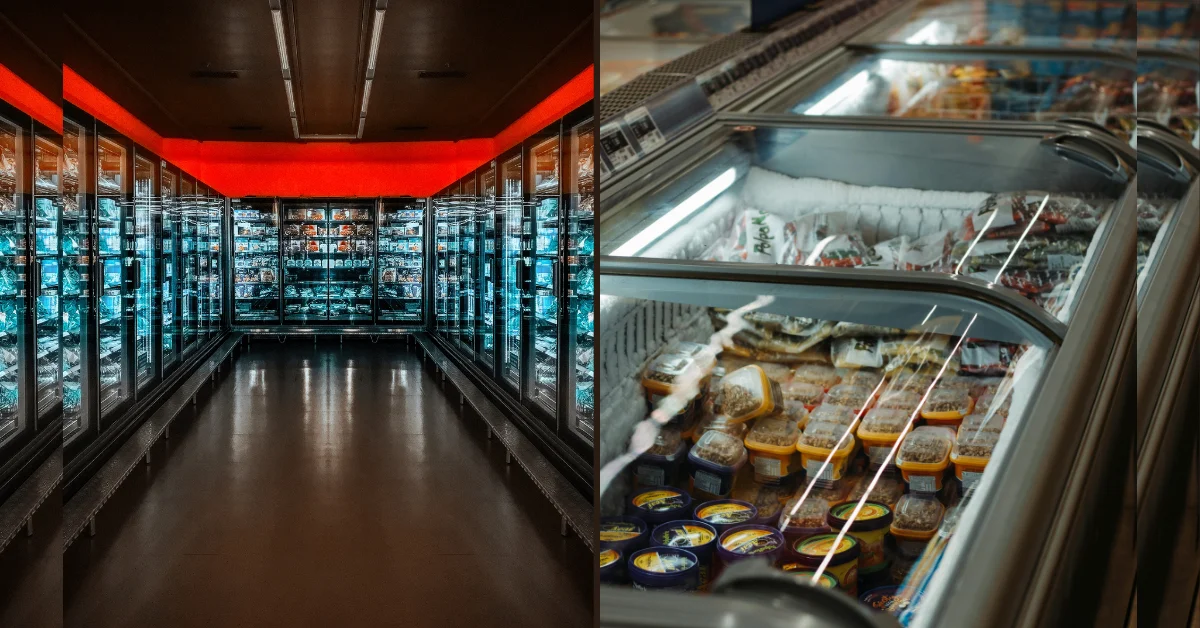For any restaurant, grocery shop, or food service business, commercial refrigerators are vital appliances. They function every minute of the day to maintain the freshness of perishable inventory. Even a minor malfunctions can cause spoiled stock, an interruption in business activities, and unplanned expenditures due to repairs. Having regular maintenance done is crucial to ensure that your commercial refrigeration systems are working properly and efficiently.
Clean Condenser Coils Regularly
Dirt and dust will accumulate over time on the condenser coils that can cause units to overheat. Because of this, there will be an unnecessary exertion of effort which will worsen energy consumption as well as risk damaging the underlying compressor.
Tip: Turn the power off first, then clean both condenser coils with a vacuum or coil brush once every one to three months.
Check Door Seals and Gaskets
Damaged or frayed door gaskets let cold air flow out, thereby making the refrigerator run longer to reach the set temperature. This drops the efficiency and increases the wear and tear on the compressor.
Tip: Check the door seals on a monthly basis. If the gaskets are cracked or too big for the door frame’s edges, they must be changed without delay.
Keep the Interior Clean and Organized
Accidental spills of food or liquid can obstruct air vents, circulate air, bacteria, and promote mold growth. Inefficient organization leads to even more severe issues such as uneven cooling.
Use light soap to clean the trays and shelves on a weekly basis. Clean the vents as well. Refrain from putting too many items in the fridge. Make sure there is enough space around the items for air to circulate.
Monitor Temperature Settings
Incorrect temperature settings can jeopardize your stock and overwork the refrigeration unit. Most commercial fridges should be set between 36°F and 40°F (2°C to 4°C).Tip: Use a digital thermometer to check internal temperatures on a regular basis. Fit an alarm system to notify you if temperatures vary outside the desired range.
Defrost When Necessary
Tip: Inspect for excessive ice or frost accumulation and defrost manually if necessary. Avoid using sharp objects to remove ice since they can harm parts.
Inspect Fans and Motors
Motors and fans circulate cold air within the unit. Mechanical problems, grease, or dust can cause irregular cooling or total failure.
Tip: Check and clean fan blades and motors at least once every three months. Pay attention to strange sounds, which may be a sign of a malfunctioning motor.
Schedule Professional Maintenance
Even with frequent in-house maintenance, certain parts need a professional touch. Preventive maintenance detects problems before they become major and ensures your equipment is running efficiently.
Tip: Have professional servicing done at least every six months. A technician can inspect refrigerant levels, adjust thermostats, and examine deeper mechanical parts.
Train Staff on Proper Usage
Inefficient usage—such as opening the door too often, leaving it partially open, or obstructing airflow vents—results in temperature extremes and stresses the system.
Advice: Educate your staff in the use and care of the refrigerators responsibly. Place a sign for minimal care advice alongside the units.





